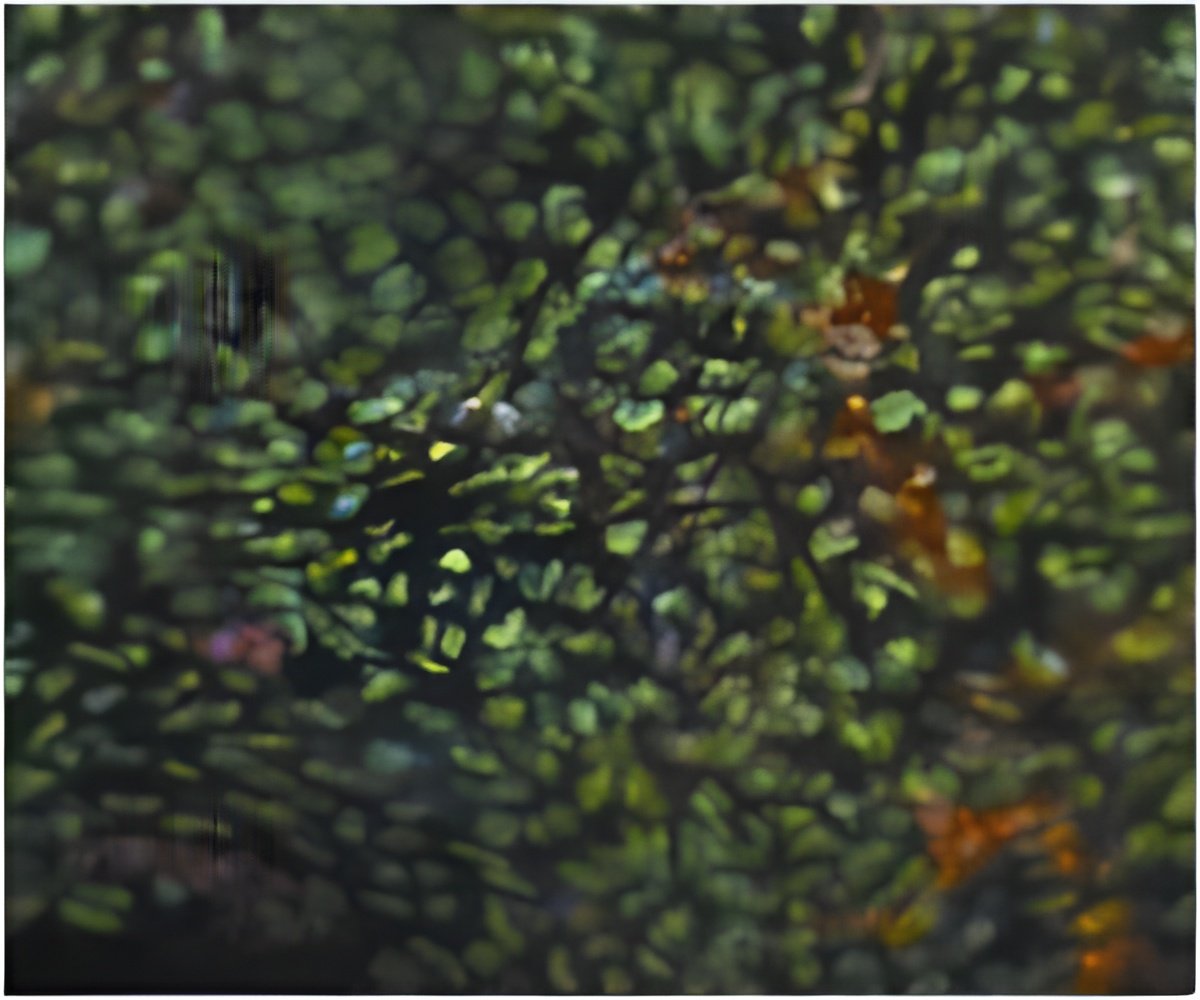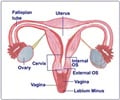The human embryonic stem cells must remain undifferentiated to be suitable for medical transplantation

"Human embryonic stem cells present a continuous proliferation in an undifferentiated state, resulting in an unlimited amount of cells with the potential to differentiate toward any type of cell in the human body," said study corresponding author Dr. Regina Coeli dos Santos Goldenberg of the Instituto de Biofisica Carlos Chagas Filho, Universidade Federal do Rio de Janeiro. "These characteristics make hESCs good candidates for cell based therapies."
Feeder-layers for hESCs comprised of MEFs have been efficiently used for decades but, because of the clinical drawbacks, the authors subsequently experimented with human menstrual blood cells as a potential replacement for animal-derived feeder-layers, not only for negating the contamination issues, but also because human menstrual blood is so accessible. MBMCs are without ethical encumbrances and shortages, nor are they difficult to access - a problem with other human cells, such as umbilical cord blood cells, adult bone marrow cells or placenta cells.
"Menstrual blood is derived from uterine tissues," explained the researchers. "These cells are widely available 12 times a year from women of child-bearing age. The cells are easily obtained, possess the capability of long-term proliferation and are clinically compatible with hESCs-derived cells."
The researchers found that their culture system using MBMCs as a feeder-layer for hESCs are the "closest and more suitable alternative to animal-free conditions for growing hESCs" and a "good candidate for large-expansion of cells for clinical application." They also found no difference in growth factor expression when comparing the use of growth factors in both the standard feeder system using animal cells and the feeder system they tested using hESCs.
"It is also noteworthy to highlight that our group reported the rapid and efficient generation of induced pluripotent stem cells (iPSCs) from MBMCs, indicating that these cells can be used as a model to study patient-specific disease and that in the future they might be used in clinical settings."
Advertisement
Advertisement












